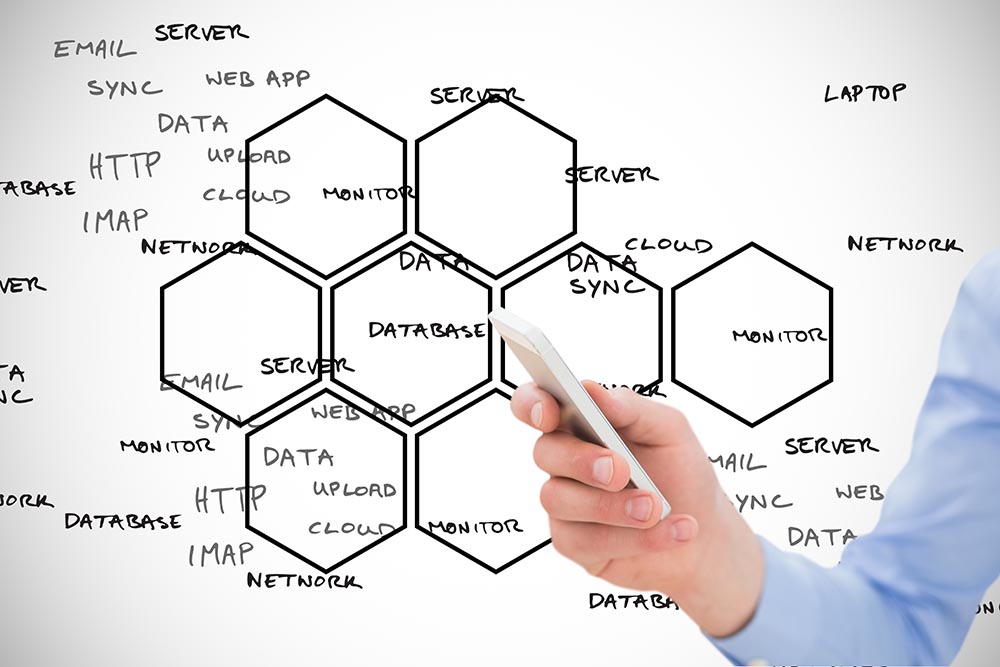Do you work with SAP, SalesForce, Google, AWS, Azure or a any other software stack? Then you need to connect them with your own software. A good enterprise integration solution therefore has plug-ins for all common software applications. This means you don’t have to build the connections yourself, which saves time and helps you speed up time to market. Speaking of agility!
Automation is a blast, but the fact remains that sometimes, a business process needs human interaction. Your enterprise integration tool should therefore know how to deal with both standardized data flows and human intervention. This calls for flexibility, which can be created with workflows. Integration workflows make sure that the show goes on, no matter the event, timing, data format or form of human support.
Finally, microservices! And you thought we wouldn’t mention them. Although we’re true believers of enterprise integration tools, we can’t deny that a microservices implementation is the way to go for single transaction management. They are your fire and forget whereas enterprise integration tools guard the overall processes. Together, they make the ultimate integration solution, so implement both and make them work together as a team.
When you follow an API first strategy, you collect all your info at your API gateway. At the same time, it’s important that you analyze the consumption and quality of your services at your ESB: the so-called second level of your integration. Whereas APIs collect data on who enters your systems and why, ESB analytics tell you more about the technical details and how your services perform.





